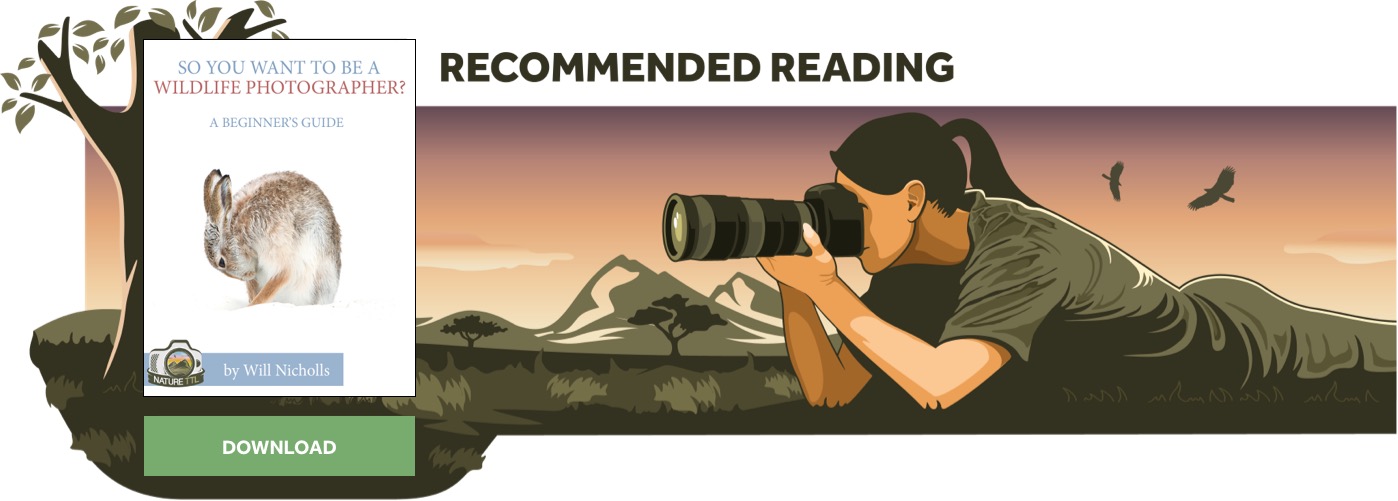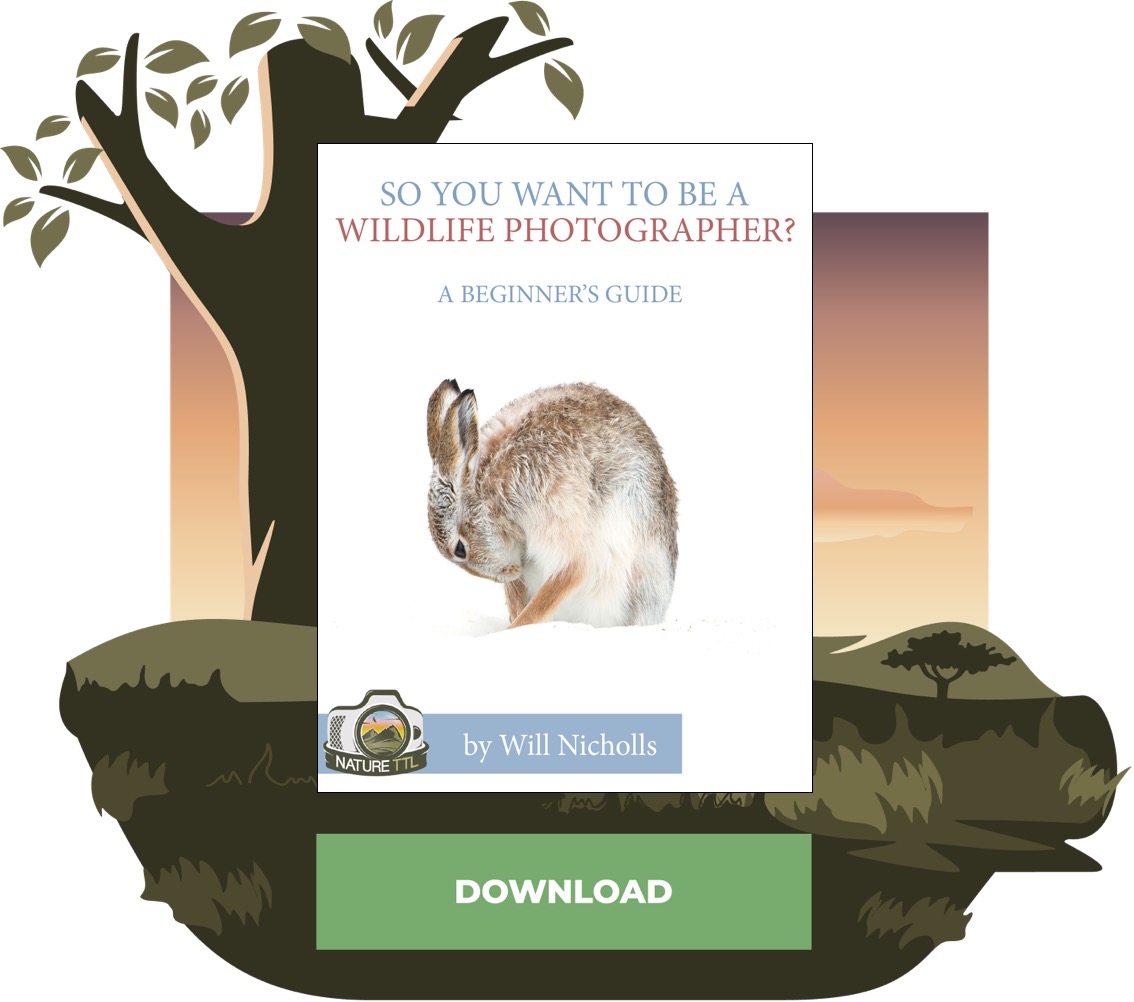Changing the Future With Conservation Photography

In a world where nature is commodified, biodiversity is in crisis and many animal and plant species are driven closer to extinction every day.
In 2005 the global wildlife trade was estimated to be worth over $6 billion a year; it is now worth up to $23 billion, making it one of the largest illicit businesses after drugs and weapons.


The rarer the animal, the higher the price and the bigger the profits for the wildlife cartels that control the smuggling networks.
Trafficking routes extend from remote national parks and protected areas (where animals are extracted) to major urban centres where they are sold and consumed.
The scale is shocking, but it is the long-term impact of this destruction on the health of the planet that is becoming more apparent, and the need for action is more urgent.
Hundreds of millions of years of evolution mean that every species plays a vital role in the fragile balance of nature.
Preparing for photojournalism assignments
As a photojournalist, preparing for field work and assignments depends on what I’m going to shoot and where. Security issues in some countries are a concern because you can’t watch and protect your equipment from theft or damage all the time.
Personal security becomes an issue when you are photographing events that are illegal and threaten people’s interests.
In Burma, for example, there are special regions that are major hotspots for wildlife trade, but they are outside the writ of any government or legal structure, so you are on your own if something happens.
Camera gear
I generally shoot with a Nikon Z9 and a Leica rangefinder, but the equipment depends on what issues, locations, and situations I’m shooting.
Sometimes I just go with the Leica because I want to be fast, light, and discreet but still retain good image quality. It really does depend on what the mission is.
If I’m going into the forest or remote areas it gets more complicated because I have to think about power, batteries, lights, and backups.
This means computers and some kind of solar power, which in turn means extra weight and often the need for more people to carry and manage it.
Telling a story through photography
I try to capture things the way they are in the most compelling way I can.
That also means trying to be as creative as possible because the subject matter is often difficult to witness, and many people just don’t want to engage or acknowledge what’s happening.
You have to get people’s attention and interest.
I know that all images are going to be interpreted in different ways by different people, so I always try to portray what is happening in the simplest, most straightforward way possible.
Being aware of colour or atmosphere to give the scene or subject more impact is important. Images are metaphors for reality – I always try to make them as interesting and engaging as possible.
Many of the scenes and issues I cover are very visceral so I try to convey that feeling using what’s available at the time. That can be light, colour, texture, movement, scale, or emotion.
I think the elephant image that won the Wildlife Photographer of the Year award last year is very powerful, but it’s an example of an image that has been misinterpreted by a lot of people.
I view it from a conservation perspective. For me, it represents our relationship with animals and nature, how we use animals to suit our own needs and agendas, and how we have decimated wild populations of elephants and so many other species.
The situation in Thailand with elephants is unique because elephants are traditionally a big part of Thai culture and the tourism industry.
The Thai economy has been devastated because of the collapse of tourism globally. They are very dependent on tourism revenue and elephants have played a big part in that for decades.
With the events brought on by COVID-19, thousands of elephants have been made redundant. There have also been massive challenges for elephant owners to care for, feed, and maintain their elephants.
There are now more domestic elephants in Thailand than wild individuals, and wild populations are being marginalised even more by encroachment on habitat which creates a lot of conflicts.
I feel the image of the snow leopard in Mongolia is one of my favourites, mostly for personal reasons because I know how incredibly difficult it was just to get that image.
But also because the snow leopard is such an incredibly beautiful and iconic species that is under great threat.
Its current situation represents all that we are now facing with climate change, habitat loss, illegal trade, and the encroachment and destruction of habitat. Mongolia is warming 3 times faster than the rest of the planet.
The power of conservation photography
Conservation photography is really important right now because we are facing critical issues this decade that will determine the future of the planet.
Compelling images that effectively tell powerful and important stories can reach millions of people globally. They give insights into spectacular and unseen aspects of nature and other critical issues affecting wildlife like no other medium can.
That in turn can generate enormous influence and motivate people to value nature and wildlife. It inspires people to start examining and questioning our relationship with animals and nature, which can lead to great change.
For any photographer who cares about what is happening to our world right now, I would encourage them to consider conservation photojournalism.
There are so many critical stories that need to be told right now and those stories can create phenomenal change.
For photographers, it’s a deeply rewarding and fascinating calling to use your skills to speak for the ones who can’t and build meaningful momentum for change and compassion.
It’s so important that these stories are given the exposure they need and deserve.
There has never been more interest in wildlife and conservation issues. There are great opportunities right now to tell these stories and expose these critical issues that are going to determine our future.
In conclusion
How we see the world shapes the way we care for it.
I strive to create images that are powerful expressions of the ever-diminishing interface between humans and the wild.
I hope these images will help us consider how we inhabit the biosphere, our relationship to the natural systems that sustain us, and how we envision a future residence on earth that includes sustainable human and wild populations.




















